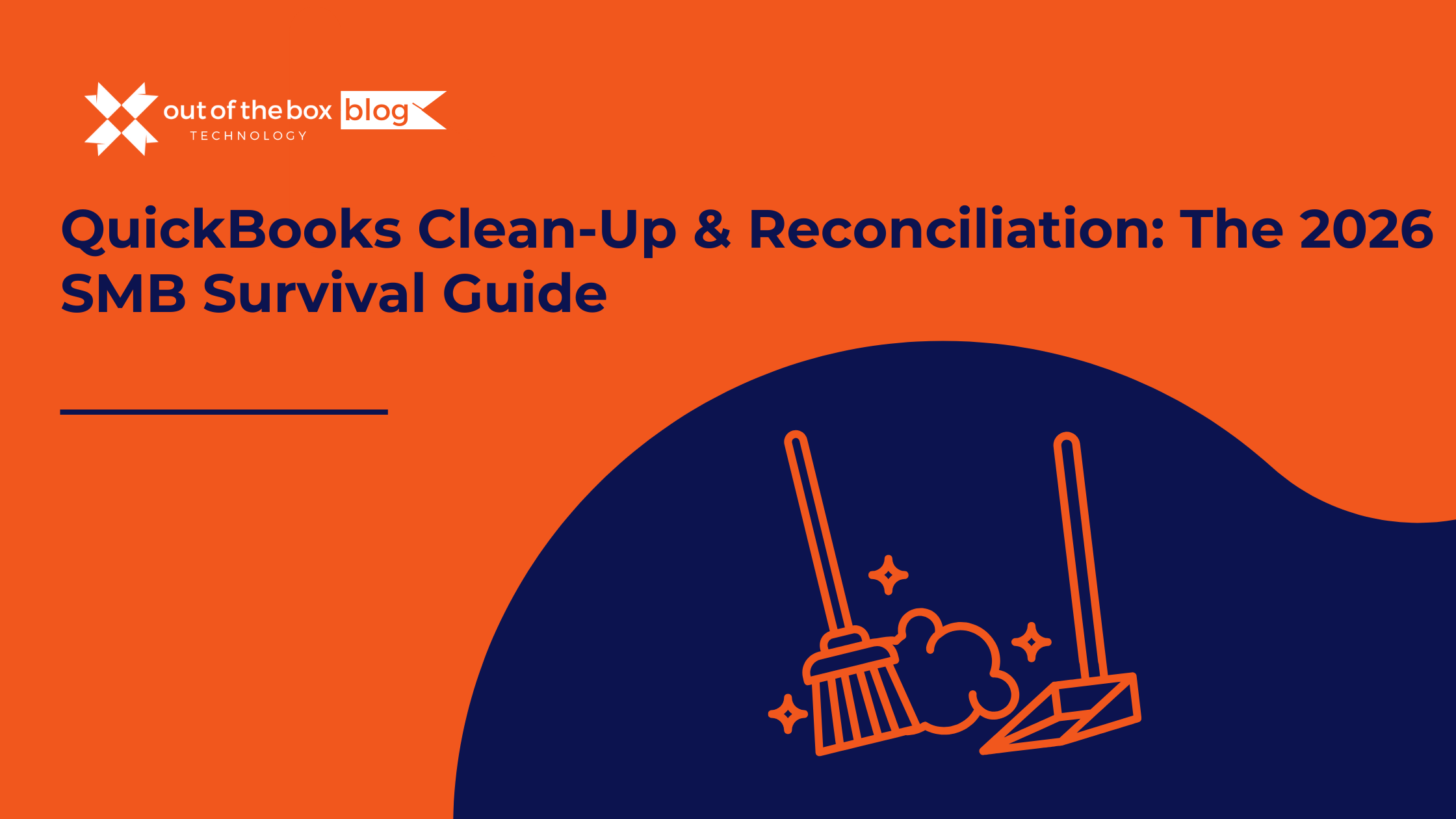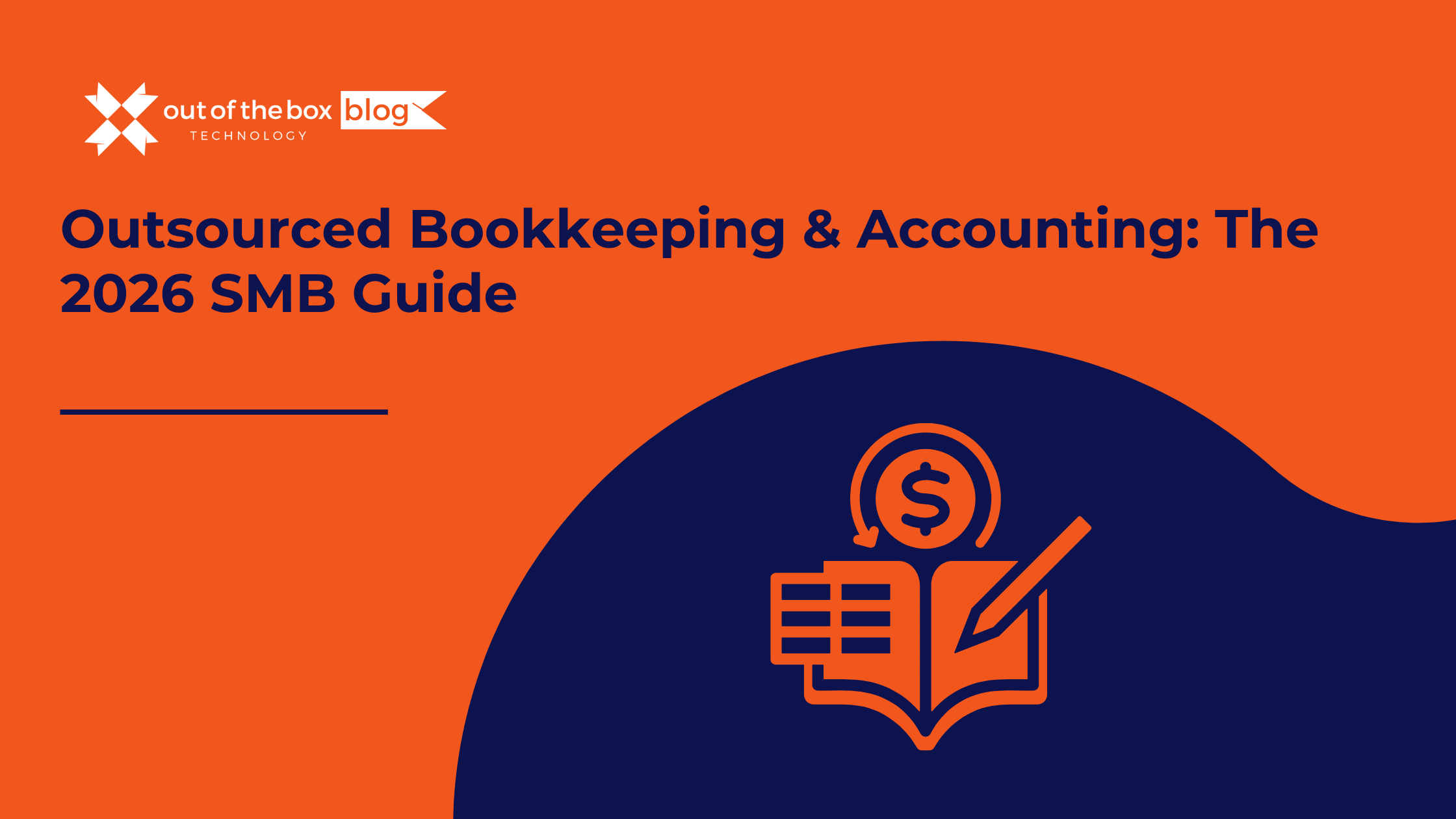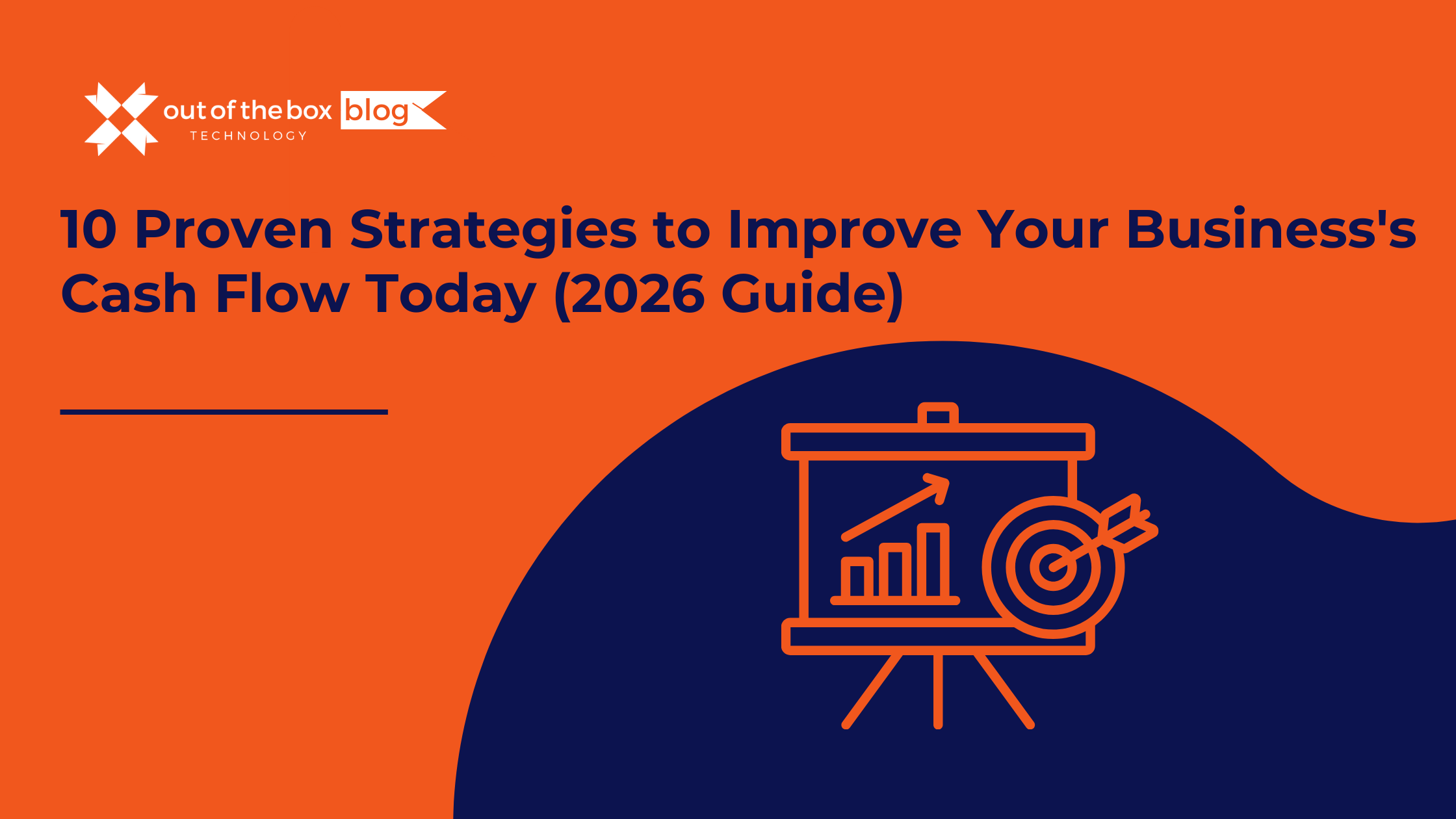Understanding bookkeeping is vital for every business owner, not only to ensure financial compliance but also to make smarter decisions and maximize profits. Bookkeeping doesn’t have to be intimidating; familiarizing yourself with key terms and concepts can make a world of difference. Here’s a breakdown of essential bookkeeping terms and why they matter to your business.
Did You Know? According to a QuickBooks survey, 40% of small business owners cite bookkeeping as one of the top challenges in managing their finances (source: Intuit QuickBooks).
Key Bookkeeping Terms
1. Assets
- Definition: Assets are valuable resources the business owns, which are used to generate revenue. Assets play a major role in a company’s overall financial health.
- Example: Common examples include cash, equipment, inventory, real estate, and vehicles.
- Did You Know? In 2022, assets held by small businesses in the U.S. increased by 5% on average, largely driven by investments in technology and equipment (source: U.S. Small Business Administration).
2. Liabilities
- Definition: Liabilities represent debts or obligations the business owes to others, usually as a result of borrowing.
- Example: Loans, accounts payable, and accrued expenses are common liabilities.
- Did You Know? A Federal Reserve study found that 70% of small businesses have outstanding debt, primarily through bank loans and credit lines.
3. Equity
- Definition: Equity is the owner’s stake in the business, which represents the residual interest after liabilities are subtracted from assets.
- Example: Examples of equity include owner’s capital contributions and retained earnings.
- Formula: Equity = Assets – Liabilities
- Did You Know? Monitoring equity helps with long-term financial planning; 60% of small businesses track equity closely to grow ownership and reduce debt (source: National Small Business Association).
4. Revenue
- Definition: Revenue is the income generated from the business’s main activities, such as sales or services.
- Example: If a retail store sells clothing, the money earned from clothing sales is its revenue.
- Did You Know? According to the Bureau of Labor Statistics, average revenue growth for small businesses was around 4.7% in 2023.
5. Expenses
- Definition: Expenses are costs incurred to operate the business.
- Example: Typical expenses include rent, utilities, payroll, and marketing expenses.
- Did You Know? U.S. businesses spend an average of 20-30% of their revenue on operational expenses (source: U.S. Chamber of Commerce).
6. Gross Profit and Net Profit
- Gross Profit: The profit a company makes after deducting the cost of goods sold (COGS) from revenue.
- Net Profit: What remains after all expenses, including operational costs and taxes, are subtracted from total revenue.
- Example: For a product with $50,000 in sales and $30,000 in COGS, gross profit is $20,000.
- Did You Know? Healthy net profit margins for small businesses range from 5-10% (source: SCORE, a resource partner of the U.S. SBA).
7. Cash Flow
- Definition: Cash flow tracks the money coming in and going out of the business, ensuring the business has enough liquidity for operations.
- Example: Positive cash flow means more money is received than spent, while negative cash flow is the opposite.
- Did You Know? A survey by QuickBooks found that 61% of small businesses struggle with cash flow, primarily due to delayed payments from clients.
8. Accounts Receivable (A/R)
- Definition: Accounts receivable represents money owed to the business by customers who purchased on credit.
- Example: A consulting business may issue an invoice for services rendered, expecting payment within 30 days.
- Did You Know? The average collection period for small businesses is around 30-60 days (source: Dun & Bradstreet).
9. Accounts Payable (A/P)
- Definition: Accounts payable are amounts the business owes to suppliers or vendors.
- Example: A business may have unpaid invoices for office supplies or professional services.
- Did You Know? Efficient accounts payable management can save businesses up to 10-15% in operational costs through early payment discounts (source: Harvard Business Review).
10. Depreciation
- Definition: Depreciation is the gradual expense of a tangible asset’s cost over its useful life.
- Example: A $10,000 machine with a 5-year useful life might be depreciated at $2,000 annually.
- Did You Know? According to the IRS, 30% of small businesses benefit from depreciation as a tax deduction.
11. Capital Expenditures (CapEx) and Operating Expenses (OpEx)
- Capital Expenditures (CapEx): Investments in assets that will benefit the business long-term.
- Operating Expenses (OpEx): Day-to-day operational costs.
- Example: Buying a new computer for a business is CapEx, while office supplies are OpEx.
- Did You Know? Businesses typically allocate 15-20% of their budget for CapEx to support growth (source: Deloitte).
12. Chart of Accounts
- Definition: A list of accounts used to categorize all financial transactions, organized by types like Assets, Liabilities, Equity, Revenue, and Expenses.
- Example: A standard chart of accounts might include categories for cash, accounts receivable, and payroll expenses.
- Did You Know? Effective use of a chart of accounts improves financial reporting accuracy and helps 70% of businesses avoid misclassification issues (source: Financial Accounting Standards Board).
13. General Ledger (G/L)
- Definition: The general ledger is a comprehensive record of all financial transactions within a business.
- Example: A business may have ledger accounts for assets, liabilities, income, and expenses.
- Did You Know? General ledger accuracy is crucial for compliance, with 80% of businesses relying on it for accurate reporting (source: American Institute of CPAs).
14. Trial Balance
- Definition: A trial balance is a report showing all account balances, ensuring total debits equal total credits.
- Example: Preparing a trial balance to check for errors in the ledger before creating financial statements.
- Did You Know? Regular trial balance checks help 60% of businesses detect and resolve accounting errors early (source: Journal of Accountancy).
15. Profit and Loss Statement (P&L)
- Definition: A financial report summarizing revenues, expenses, and net profit/loss over a specific period.
- Example: Monthly P&L reports can help a business monitor trends and adjust spending.
- Did You Know? Businesses that regularly prepare P&L statements are 30% more likely to maintain profitability (source: Harvard Business Review).
Conclusion
Understanding these essential bookkeeping terms equips business owners with the tools to interpret financial data, improve planning, and make better-informed decisions. Familiarity with concepts like cash flow, accounts receivable, and the profit and loss statement means you’ll have a clearer view of your business’s financial health and how to boost profitability.
Meet with a QuickBooks service expert today!
Unlock valuable financial insights with custom bookkeeping reports tailored to your business. Make data-driven decisions confidently and optimize your financial processes with our support. Contact us today to schedule a consultation and streamline your financial management.




